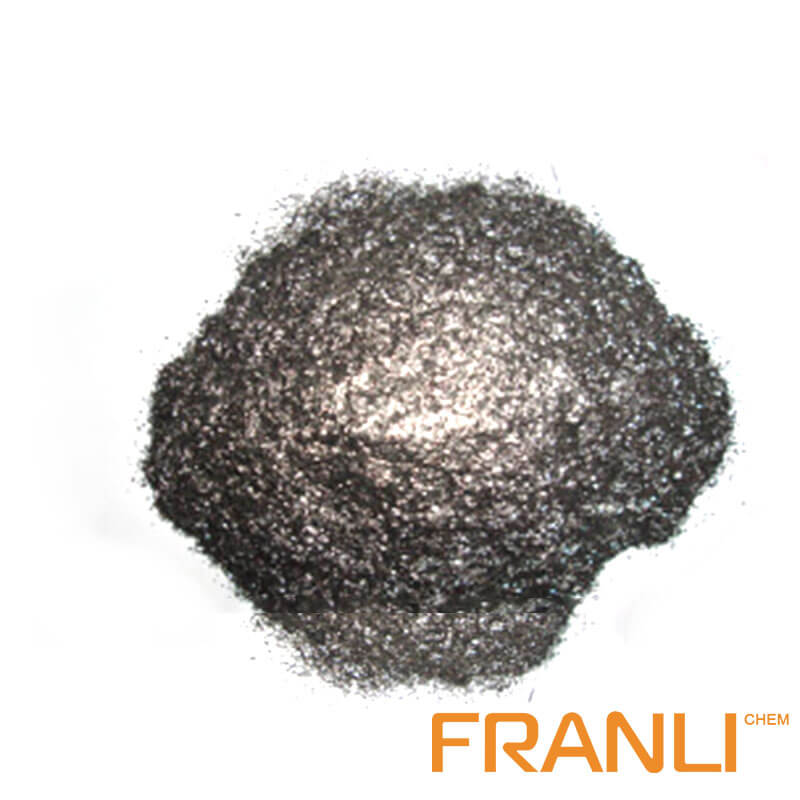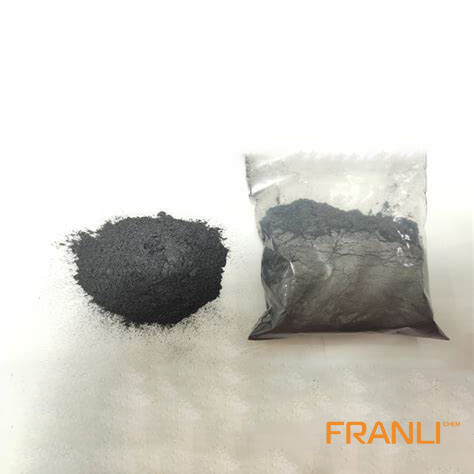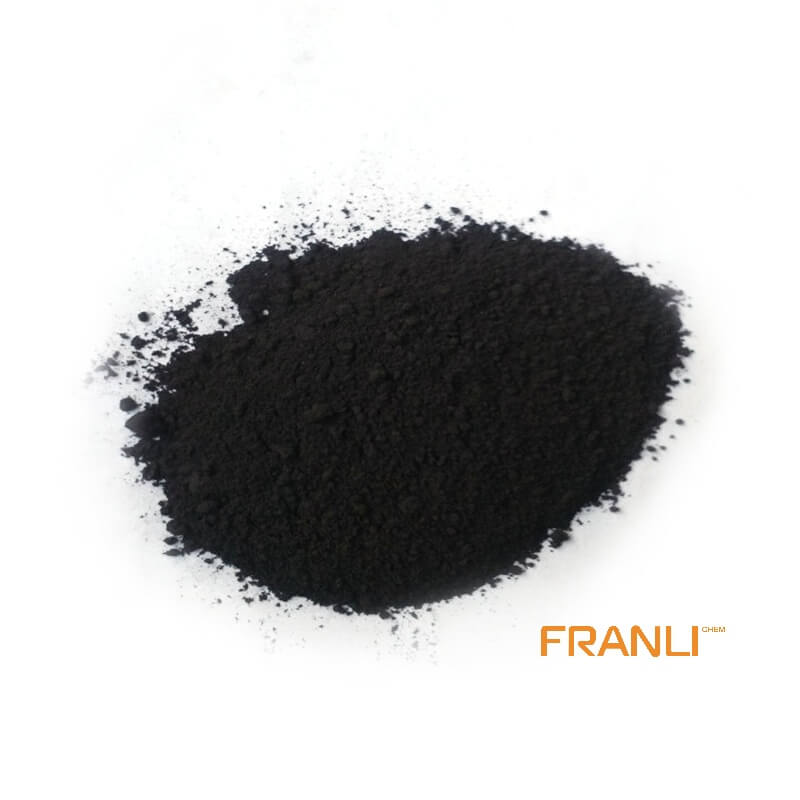


Flake Graphite
Size
0.01mm
Carbon Content
99%min
Package
25kg small bags into ton bags
Origin
China
Features
thermal shock resistance, lubricity, conductivity and plasticity…
Application
Lead battery plates positive and negative conductive agent, lithium batteries nickel hydrogen etc
Natural flake graphite has superior physical and chemical properties and is widely used in metallurgy, coatings and refractory industries. It is an important non-metallic raw material that is indispensable for today’s high-tech. Flake graphite is divided into large flake graphite and fine flake graphite according to the size of its scales. Usually, large flakes refer to +32 mesh, +50 mesh, +80 mesh, and +100 mesh flake graphite.
Request a quote
Properties of flake graphite: it is flake, thin leaf crystalline graphite, and its size is generally (1.0 ~ 2.0) × (0.5 ~ 1.0) mm, maximum 4 ~ 5mm, sheet thickness 0.02 ~ 0.05mm. The larger the scale, the higher the economic value. They are mostly disseminated and gneissic distributed in rocks. It has an obvious directional arrangement. Consistent with the direction of the layer. The graphite content is generally 3% ~ 10%, up to more than 20%. It is often symbiotic with quartz, feldspar, diopside, and other minerals in ancient metamorphic rocks (schist and gneiss), and can also be seen in the contact zone between igneous rocks and limestone.
Flake graphite has a layered structure, and its lubricity, flexibility, heat resistance, and conductivity are better than other graphite. It is mainly used as raw material for preparing high-purity graphite products. Earthy graphite is also called amorphous graphite or hidden quality graphite. The crystal diameter of this kind of graphite is generally less than 1 micron. It is an aggregate of microcrystalline graphite. The crystal form can be seen only under the electron microscope. This kind of graphite is characterized by an earthy surface, lack of luster, and poor lubricity. High grade. Generally 60 ~ 80%. A few as high as 90%. Poor ore washability.

Flake graphite crystal is flake; It is metamorphosed under high-intensity pressure and can be divided into large scale and fine-scale. This kind of graphite ore is characterized by low grade, generally between 2 ~ 3% or 100 ~ 25%. It is one of the best floatable ores in nature. High-grade graphite concentrate can be obtained through multi grinding and multi separation. The floatability, lubricity, and plasticity of this kind of graphite are superior to other types of graphite; Therefore, it has great industrial value. Earthy graphite is also known as amorphous graphite or hidden quality graphite. The crystal diameter of this kind of graphite is generally less than 1 micron. It is an aggregate of microcrystalline graphite. The crystal form can be seen only under the electron microscope. This kind of graphite is characterized by an earthy surface, lack of luster, and poor lubricity. High grade. Generally 60 ~ 80%. A few as high as 90%. Poor ore washability.

Due to its special structure, graphite has the following special properties:
1) high-temperature resistant type: the melting point of graphite is 3850 ± 50 ℃ and the boiling point is 4250 ℃. Even if it is burned by an ultra-high temperature arc, the weight loss and thermal expansion coefficient are very small. The strength of graphite increases with the increase of temperature. At 2000 ℃, the strength of graphite is doubled.
2) Conductivity and thermal conductivity: the conductivity of graphite is 100 times higher than that of general non-metallic minerals. Thermal conductivity exceeds that of steel, iron, lead, and other metal materials. The thermal conductivity decreases with the increase of temperature. Even at extremely high temperatures, graphite becomes an insulator.
3) Lubricity: the lubrication performance of graphite depends on the size of the graphite scale. The larger the scale, the smaller the friction coefficient, and the better the lubrication performance.
4) Chemical stability: graphite has good chemical stability at room temperature and can resist acid, alkali, and organic solvent corrosion.
5) Plasticity: graphite has good toughness and can be grown into very thin sheets.
6) Thermal shock resistance: when graphite is used at room temperature, it can withstand the drastic change of temperature without damage. When the temperature changes suddenly, the volume of graphite changes little and cracks will not occur.



